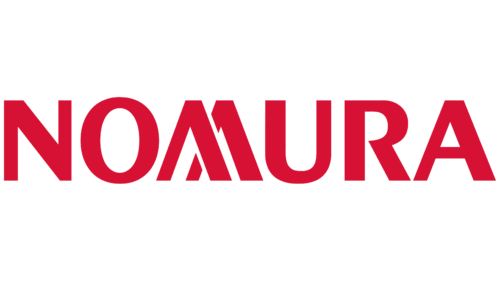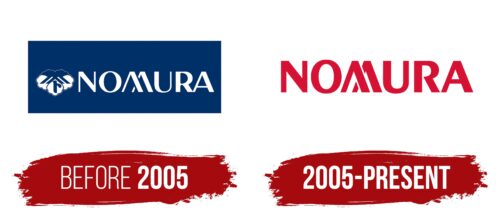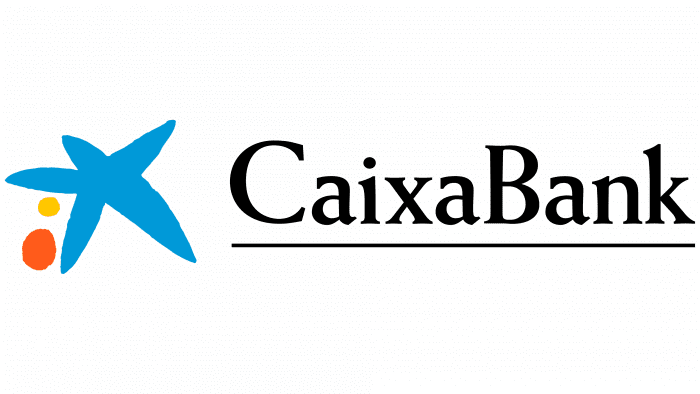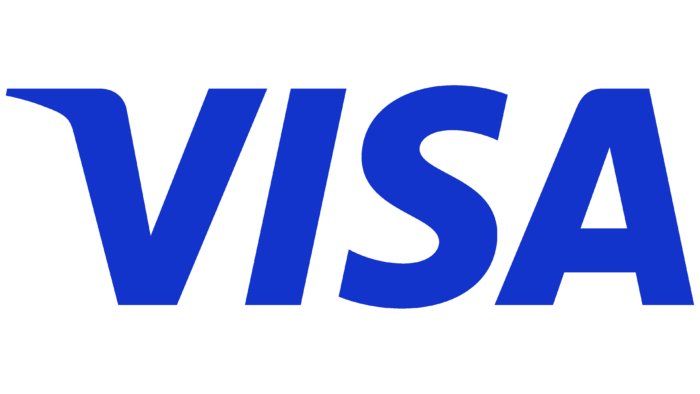Nomura: Brand overview
| Founded: | December 25, 1925 |
| Founder: | Tokushichi Nomura II |
| Headquarters: | Tokyo, Japan |
| Website: | nomura.com |
Meaning and History
Before 2005
2005 – today
Nomura color codes
| Crimson | Hex color: | #d71133 |
|---|---|---|
| RGB: | 215 17 51 | |
| CMYK: | 0 92 76 16 | |
| Pantone: | PMS 185 C |






